How much does it cost to paint a commercial building? It depends! Painting involves several cost factors that can vary widely depending on the project. Understanding these costs is crucial for property managers and business owners looking to budget effectively. Let’s break down the key elements that influence commercial painting costs and some practical tips for managing your budget.
Factors affecting the cost of painting a commercial building
Size and scope of the project
The size and complexity of your commercial building significantly affect painting costs. Larger buildings with more paintable surface area naturally require more materials and labour hours.
Multi-storey buildings present additional challenges, as they require specialised access equipment. Scaffolding, scissor lifts, or boom lifts may be necessary to reach higher levels safely. Buildings with architectural complexities, such as ornate facades or unusual shapes, will also increase expenses due to the detailed work required.
Types of paint and materials
The quality and types of paint coatings you choose impact both immediate costs and long-term value. Commercial-grade paints vary widely in price, with premium options costing considerably more than standard varieties. However, investing in higher-quality paints often pays off through increased durability and appearance over time.
Specialised coatings for specific environments - such as epoxy coatings for coastal areas or polyurethane coatings to protect against graffiti - will increase your initial investment. Additional materials like primers, sealants and surface preparation products also contribute to the overall material costs.
Labour costs
Labour typically represents the most significant portion of a commercial painting project’s budget. These costs vary based on several factors:
- Geographic location
- Contractor experience and expertise
- Project complexity and required skill level
- Timeline constraints (rush jobs or after-hours work incur premium rates)
Good tradespeople deliver work on time and budget, eliminating the prospect of costly rework, making it worth investing in experienced professionals.
Building condition
The current condition of your building can significantly affect painting costs. Surfaces requiring extensive preparation work - such as cleaning, patching or priming - will increase labour hours and material expenses.
Buildings with peeling paint, water damage, mould or structural issues may need remediation before painting can begin. While this increases upfront costs, addressing these issues is essential for achieving a quality finish and preventing more expensive problems in the future.
Long-term cost considerations
Durability and maintenance
Seeking a shortcut in your painting project? Don’t be surprised if you’re planning painting maintenance in 18 months. Investing in quality materials and professional application upfront typically results in a longer-lasting finish, reducing the frequency of complex repaints. High-quality paints often offer better resistance to fading, cracking and peeling, particularly important in Australia’s harsh climate.
Preventative maintenance
Regular maintenance can significantly extend the life of your commercial paint job. Simple actions like annual cleaning, prompt touch-ups of damaged areas and addressing water infiltration issues can prevent more costly repairs later.
Developing a strategic approach to planned painting maintenance can be economical. Instead of repainting everything, focus only on the surfaces that need it most. Smaller, more regular maintenance jobs are more cost-effective and less disruptive than major painting projects for commercial buildings.
Choose the right commercial painting contractor
Selecting the right contractor is the most crucial decision that will affect both the quality and cost of your commercial building painting project. Finding the right supplier the first time around is worth the investment.
Before engaging a commercial painting contractor, define your needs clearly through a comprehensive scope of work that identifies the critical aspects of the project, including objectives, timeline, budget, materials and quality standards.
When evaluating:
- Research their reputation and seek referrals
- Verify licenses and insurance
- Speak to providers to assess their communication skills and work ethic
- Request quotes that specify all aspects of the work
Remember: the lowest quote may not always represent the best value. Quality workmanship and materials often cost more initially, but provide better long-term results and fewer headaches.
By understanding the factors that influence the cost of painting a commercial building, and taking a strategic approach to contractor selection and maintenance planning, you can manage your budget effectively while ensuring a high-quality, long-lasting finish.
Higgins Coatings is Australia's premier commercial painting contractor with 75 years of experience in providing cost-effective painting and tailored maintenance solutions to a broad range of industries including hospitals, aged care, schools, and strata. If you need quality painting services delivered on time and within budget, contact us today.
Recent Posts
-
The cost-effective solution
Dhananjay Kapoor07 Oct 2025 at 10:10 PM -
Why schools are choosing floor rejuvenation
Dhananjay Kapoor07 Oct 2025 at 10:09 PM -
Why leading schools choose Higgins for floor rejuvenation
Dhananjay Kapoor07 Oct 2025 at 10:09 PM -
Floor rejuvenation in action
Dhananjay Kapoor07 Oct 2025 at 01:53 AM -
Top trends affecting the value of commercial property in Australia
Higgins Coatings01 Jul 2025 at 01:30 AM -
Your guide to budgeting for commercial building painting
Higgins Coatings23 Jun 2025 at 11:15 PM -
Painting apartment exteriors: Best practices
Brendan Childs02 Mar 2025 at 10:00 PM -
Strata painter: 7 key considerations for hiring
Narell Majic02 Feb 2025 at 10:00 PM -
How to find good tradespeople you can always rely on
Sam McHugh08 Jan 2025 at 10:00 PM









